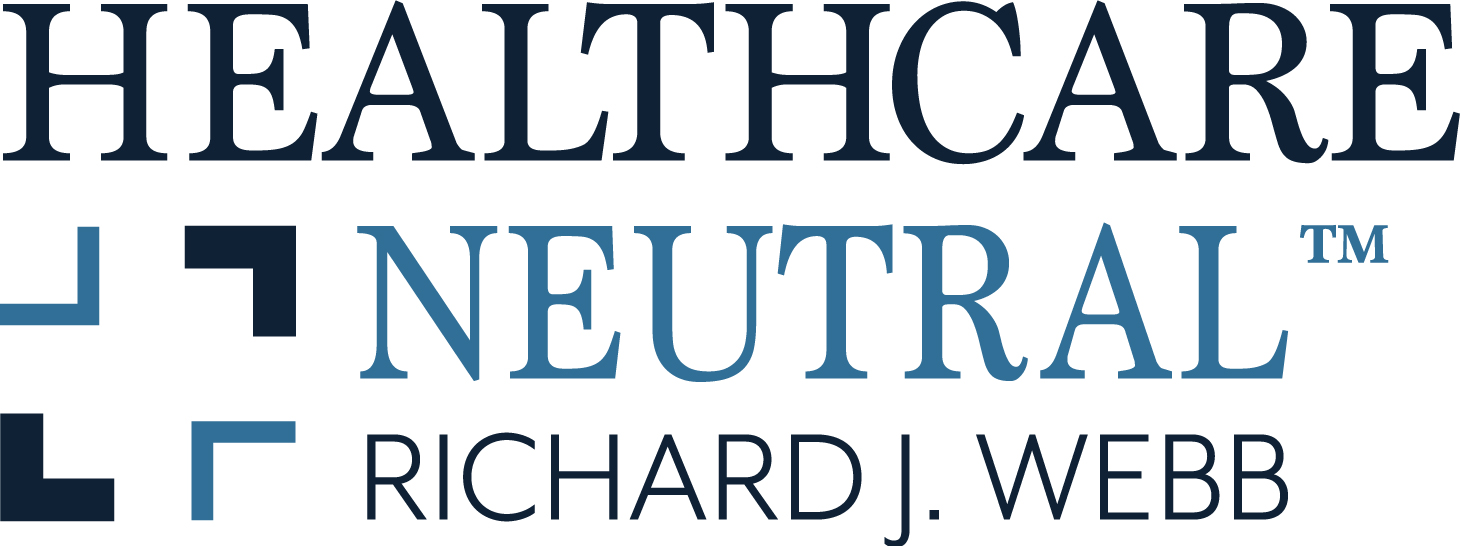
Balance Billing For Healthcare Services – Who Will Be Left Holding The Bag?
January 19, 2009
One of the hottest areas for disputes in the healthcare industry is the practice of “balance billing” of patients by non-participating providers for services reimbursed by the patient\’s insurer at less than the provider\’s billed charges. The provider\’s demand to be paid the difference, or “balance,” then becomes a point of contention in a three way battle between the provider, the patient and the insurer. The provider just wants to be paid its standard charge, the patient wants the insurer to cover whatever the patient owes, and the insurer wants to limit its outlay to the payment of a “reasonable” charge.
Recently, this issue has been played out dramatically in California, where regulators have mandated (and the California Supreme Court has agreed) that non-participating emergency department physicians accept an insurer\’s payment on behalf of its insureds as “payment in full,” with the physicians having no right to collect the balance directly from the patient. The physicians may pursue the insurers, but only by disproving the insurer\’s determination that the physicians had received the reasonable and customary fee for such services.
Meanwhile, in New York, Attorney General Andrew M. Cuomo has wrestled one of the nation\’s largest insurers, United Health Group, into an agreement to overhaul the manner in which it makes its determinations of “reasonable and cutomary” fees, thereby trying to reduce the number of “balance bills” that end up as payment disputes between patients and providers.
Last week, New Jersey got into the act with the publication of proposed regulations by its Department of Banking and Insurance to amend the rules governing the Small Employer Health Benefits Program. The proposed rules would change the definition of the payment required by insurers to non-participating (or “non-network”) providers from a “reasonable and cutomary” charge to the “allowed charge,” with the “allowed charge” to be based on the charge profile for New Jersey developed by Ingenix. Moreover, the rule change would extend to hospitals as well as physicians. Interestingly, the Ingenix model is the same one New York Attorney General Cuomo just compelled United Health Group to stop using in New York, calling that system “unreliable, inadequate and wrong.” Comments to the proposed New Jersey rule changes are due today.
When health insurers cover services provided by non-participating (or non-network) providers, but do not pay the providers\’ customary charges, something has to give. In the current political and economic environment, it is highly unlikely that the states will permit the insured patients to be subject to lawsuits by providers to collect a balance bill. On the other hand, although the current New Jersey proposal might appear to do so, I don\’t believe we are ready for a system where a health insurer will be given the authority to effectively determine what all of the healthcare providers in a state can and should be paid by insurers with whom they have no contracts.
By one means or another, the states will turn these three way disputes into two way disputes between the insurers and the providers. The rules of this game are just now beginning to take shape, as seen in the California and New York initiatives discussed above. Once those rules are clarified, alternative dispute resolution techniques will come to the fore. Individual lawsuits to collect a balance bill will disappear, and class actions to challenge the rules of the game will have been played out. The rest will be about whether providers can get insurers to understand why their charges should be paid. Providers and insurers will find better, faster and cheaper answers to those questions outside the courtroom.
[Rattlesnake sacking, from That Other Paper from Austin, Texas, March 31, 2007]
